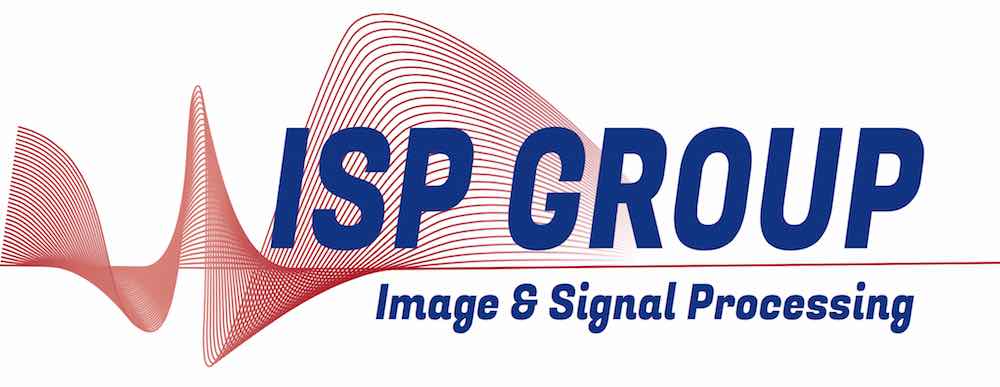
Olivier Leblanc
Ph.D. Student
I am a PhD candidate supervised by Laurent Jacques at the Image and Signal Processing Group (ISPGroup), in the Mathematical engineering (INMA) department of the ICTEAM institute at UCLouvain, Belgium.
Current interests
- Inverse Problems in Optics and Biomedical Sciences
- Compressive Sensing and Computational Imaging
- Image and Signal Processing
Research
My research is about drawing on signal processing insights to reduce the computational cost of machine learning methods; see more on my research page. Don’t hesitate to also check out my list of publications and related code.
My research topic is GeneCI: Physically-Driven and Generative Neural Networks for Computational Imaging.
The goal of my research project is to tackle computational imaging (CI) applications that suffer both from the ill-posedness of the imaging process and high computational and memory complexities. I decided to focus on fluorescent lensless endoscopy (LE) with ultra thin multicore optical fibers (MCF), extending the work of Stephanie Guérit, a recently graduated PhD student of my current supervisor, Prof. Laurent Jacques.
-
What is Lensless Endoscopy and what challenges does it raise?
The lensless endoscope (LE) is a promising device to acquire in vivo images at a cellular scale. The challenges raised by LE are twofold: (i) first, the miniaturization of this endoscope (its cross section amounts to a few hundreds of microns) prevents it from direct imaging using a lens, both for manufacturing and nonlinear optical effects issues (ii) second, the light actuallycaptured by the device represents a small fraction of the initially emitted light, either by direct reflection or fluorescence (occurring when the biological sample captures part of the energy of the incoming light and re-emits it at another larger wavelength). Hence, one requires to provide sufficient illumination power combined with a sensitive enough light sensor to hope for satisfying image reconstruction. These issues make LE still an open-problem for provable recovery andreal-time usage in concrete biomedical applications, compared to more matured applications such as MRI, confocal microscopy and refraction tomography.

-
What problems do I focus on?
Here are some axes I’m considering for my PhD research:
-
interferometric Lensless Endoscopy:
Including the physical constraints of a LE, I refined the sensing model for a 2D object, introducing the physics of electromagnetic wave propagation, more precisely the Rayleigh-Sommerfeld equation in the Far-Field assumption, for now. This new model called Interferometric Lensless Endoscopy (ILE) brings multiple advances both in a theoretical and practical point of view.
Figure 2. Interferometric LE and its link with ROPs of the interferometric matrix. -
Tomographic lensless endoscopy: LE is so far limited to the observation of planar objects perpendicular to the optical fiber distal end (see Fig. 1); and this is still thecase with the ILE model described above. I plan to extend this modality to tomographic LE (TLE), namely to the estimation of a biological sample volume (the density offluorophore) by collecting the light re-emitted under a controlled illumination pattern.Depending on what can be done in 3D with the ILE model, I will either model the forward acquisition using a 3D extended ILE model or with a physically-driven neural network (NN),where the NN activation functions represent light-matter interaction, and the NN weights correspond to a discrete 3D representation of the sample.
-
Improved TLE modeling with generative networks:
TLE crucially depends on (i) an accurate model for the illumination pattern used to probe the biological sample, and (ii) a suitable representation of the sample volume to regularize the related inverse problem. I will tackle the first point by learning the transformation of the wave front operated by the MCF, using a supervised (or inferent) generative network (s-GN) learned in an offline calibration stage. The second point will be solved by leveraging unsupervised GNs (u-GNs) and their highly compressed latent space representation. These appealing alternatives to analytical representations of images (such as sparse wavelet representation or low-rank models) willbe learned with generative adversarial networks or variational autoencoders.
Affiliations
I am funded by the Belgian “Fonds National de la Recherche Scientifique” (F.R.S.-FNRS), which granted me 4 years of research funding as “Aspirant FNRS”, starting in October 2020.
I’m doing my PhD at UCLouvain (Université catholique de Louvain, the university in Louvain-la-Neuve, Belgium). More precisely, I am affiliated to the ICTEAM research institute, and within it, the Electrical Engineering department (ELEN). Finally, I am a member of the Image and Signal Processing Group (ISPGroup), active in UCLouvain.
Besides research…
I’m doing sport almost everyday. I’m playing soccer and tennis. I also often go to the gym with friends.
Very curious and passionate by science, I regularly watch videos on YouTube which vulgarize many science subjects, either very technical or also about philosophy, economy, history, … On a smaller measure, I like reading some non-fiction stuff similar to the videos I watch.
Working daily on my pc, I’m listening to music all day, with the type depending on the period (mostly rock, electro and rap).
I’m currently self learning piano :)
Education
- MSc in Electrical engineering, 2020
UCLouvain, Belgium - BSc in Electromechanical engineering, 2018
UCLouvain, Belgium
Appointments
- IEEE Student Branch: organizer of technical tutorials and industrial seminars.
